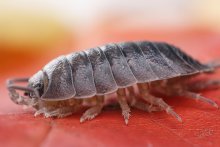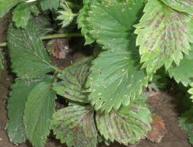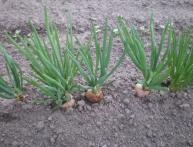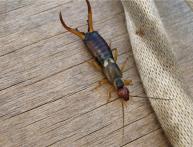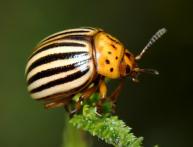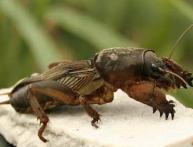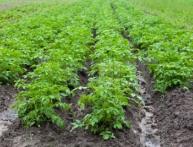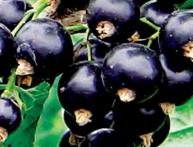The best remedy for woodlice is timely prevention
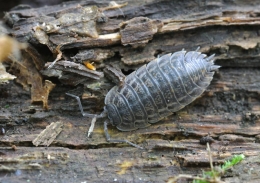
Before we talk further about such a creature as woodlice, you need to know what this animal is. Why the insect received such a name, the answer is very simple, it lives in damp places. Woodlice prefer a nocturnal lifestyle, so they are rarely seen during the day.
During the day, they hide from the sun in the corners of greenhouses, houses or in trays with moisture. The color of woodlice varies; they can be gray, black or slightly brownish. The length of this pest reaches from three millimeters to two centimeters. The insect's body is slightly flattened and has scaly segments that resemble a protective shell.
The woodlouse has seven pairs of paws, one pair for each segment. There are two antennae in front. If it senses danger, this insect curls up into a ball, pretending that it is dead. Females carry eggs in the folds of their abdomen, larvae are laid and grow in them, and only after that the little woodlice comes out.
Content:
Reasons for appearance
Woodlice are moisture-loving creatures and love shelter, so the main reason for their appearance is high humidity and the presence of a favorable place to live. We create secluded and damp places for them ourselves; these can be rotting leaves in a pile nearby with a garden bed or directly on it.Fruits that have fallen and are not collected for a long time create comfortable living conditions for woodlice.
They also live well under boards that have been lying for a long time or under a rag or paper that gets wet on the ground. Cut branches not removed from the ground. The next shelter for woodlice breeding is compost pits, which have an internal temperature lower than 49 degrees, as well as nearby garbage pits used for the disposal of organic residues.
The humidity of a plot of land increases in the case of abundant watering of plants, the presence of frequent rains (specific region), insufficient ventilation of greenhouses, the presence of an abundant amount of weeds, soil characteristics (wet layers).
How dangerous are woodlice?
The danger of wood lice arises in case of their increased reproduction. If their number is minimal, then they do not cause significant harm, since they feed on organic matter rotting on the ground. However, in favorable living conditions, they actively begin multiply and since they need to eat, their diet includes healthy plants.
Woodlice begin to gnaw through leaves, eat roots and seedlings. In addition, their activity leads to soil compaction. If the soil is compacted, the access of oxygen to the roots of plants is reduced and the death of various plants planted on the site occurs.
Ways to combat woodlice and prevention

In order to get rid of these insects in the soil, you can use both chemicals and folk remedies. It is easiest for woodlice to damage a young plant that still has tender leaves.To prevent this, you need to sprinkle metolddehyde granules between the beds or spray the leaves with fosolan (you can use other means that have a contact-intestinal effect).
For example, the following products are used to cultivate the land: “Mezurol”, “Grom”, “Aktara”. You can take the following control measures: place boards with wet rags wrapped around them between the rows; in the morning, woodlice will begin to hide under them, at which point they can be collected in a rag.
Fighting woodlice with birch brooms
Place at night in places where wood lice accumulate birch brooms. During the night they will move into the leaves, in the morning these brooms with woodlice need to be burned or simply shake off the woodlice from the brooms into the fire. This action must be done for several days in a row.
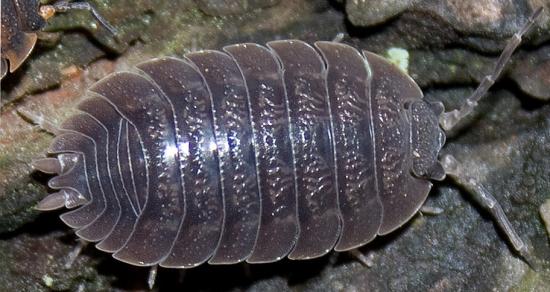
According to reviews from summer residents, it is better to fight woodlice with chemicals, since it takes less time, however, using traditional methods you can also achieve successful results, in addition, such methods are not toxic. You can use a prepared solution of hot red pepper, tobacco, and soda ash.
All of the listed ingredients are mixed with water in equal quantities. Approximately 3 grams of each ingredient per 1 liter of water. Carefully move and spray areas where woodlice accumulate. In this case, another treatment may be required. However, in order to avoid dealing with wood lice, it is best to eliminate the causes of their appearance.
To do this, regulate the amount and time of watering, regularly ventilate the greenhouses so that condensation does not accumulate in them, thin out the beds in a timely manner and remove weeds.
In humid climate regions, make an outflow for excess moisture next to the garden bed.If there is fertile soil, do not apply excessive amounts of wet fertilizer. We hope that our article helped you familiarize yourself with such pests, like woodlice, and you have found the optimal method for dealing with them. Thank you for your attention and we look forward to seeing you more often on our website!
Video about woodlice:

